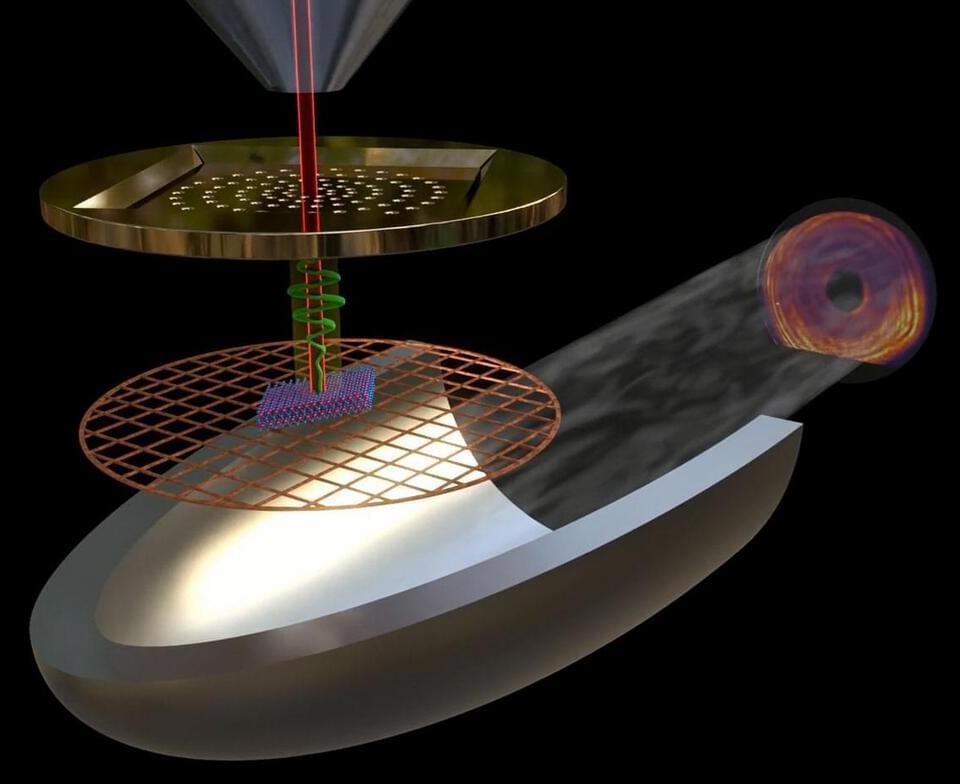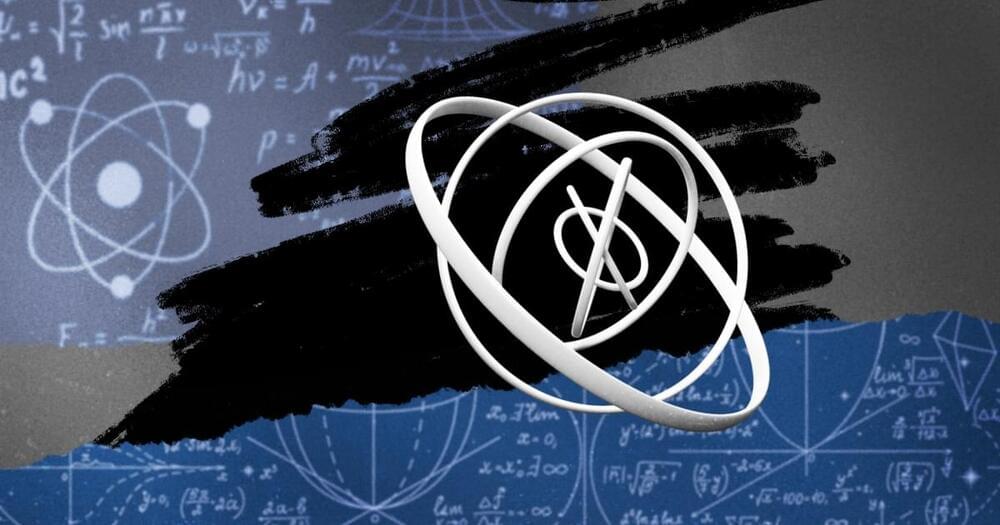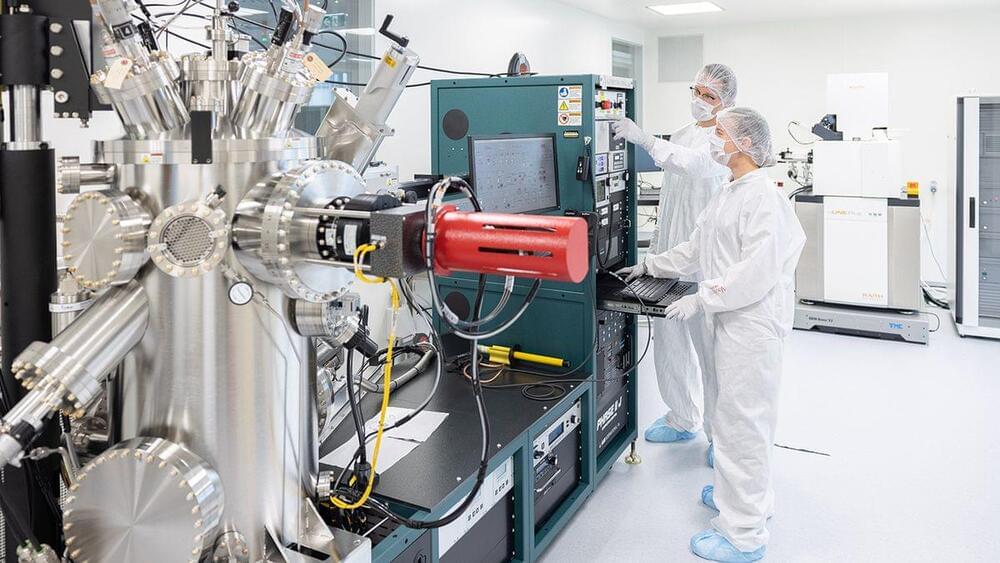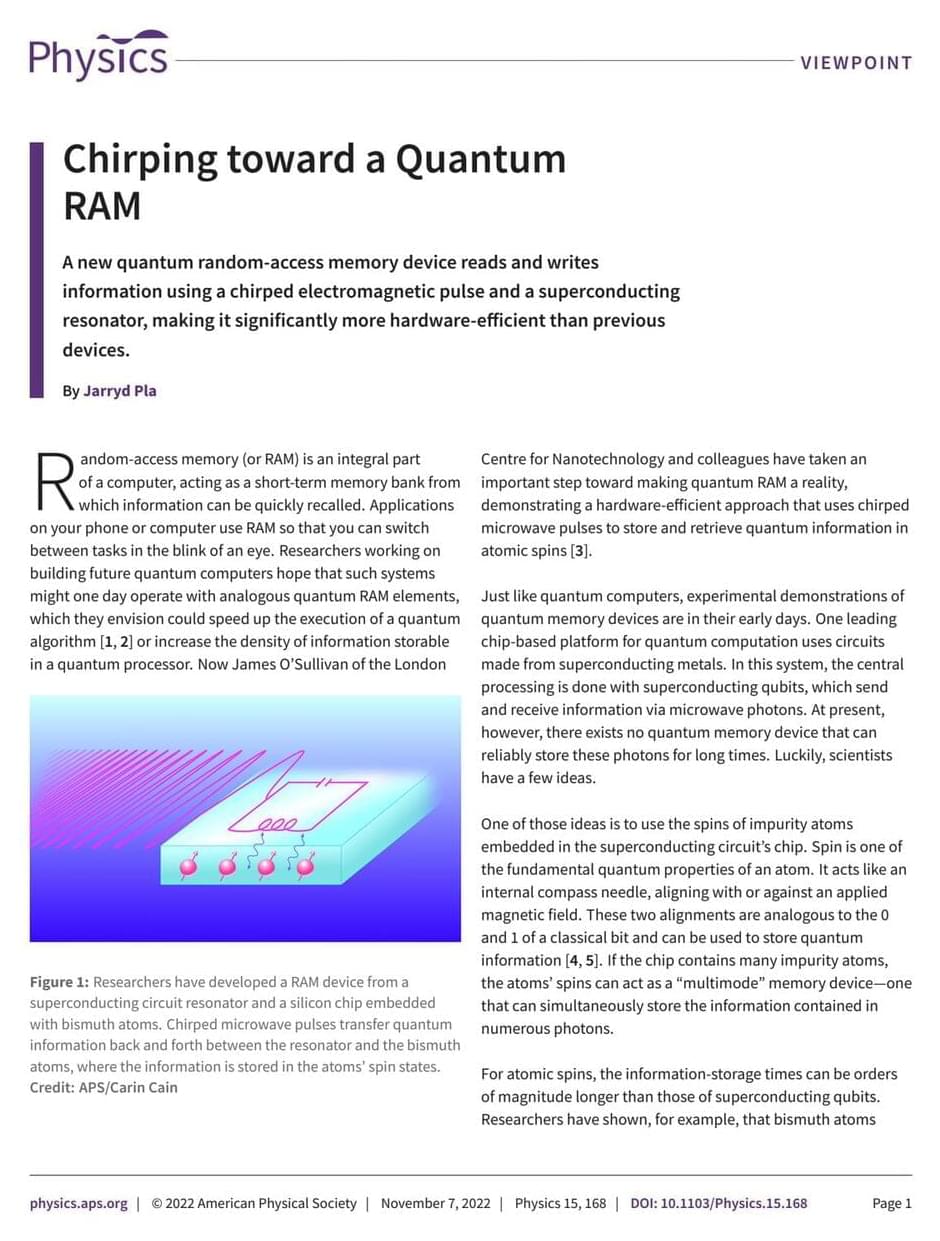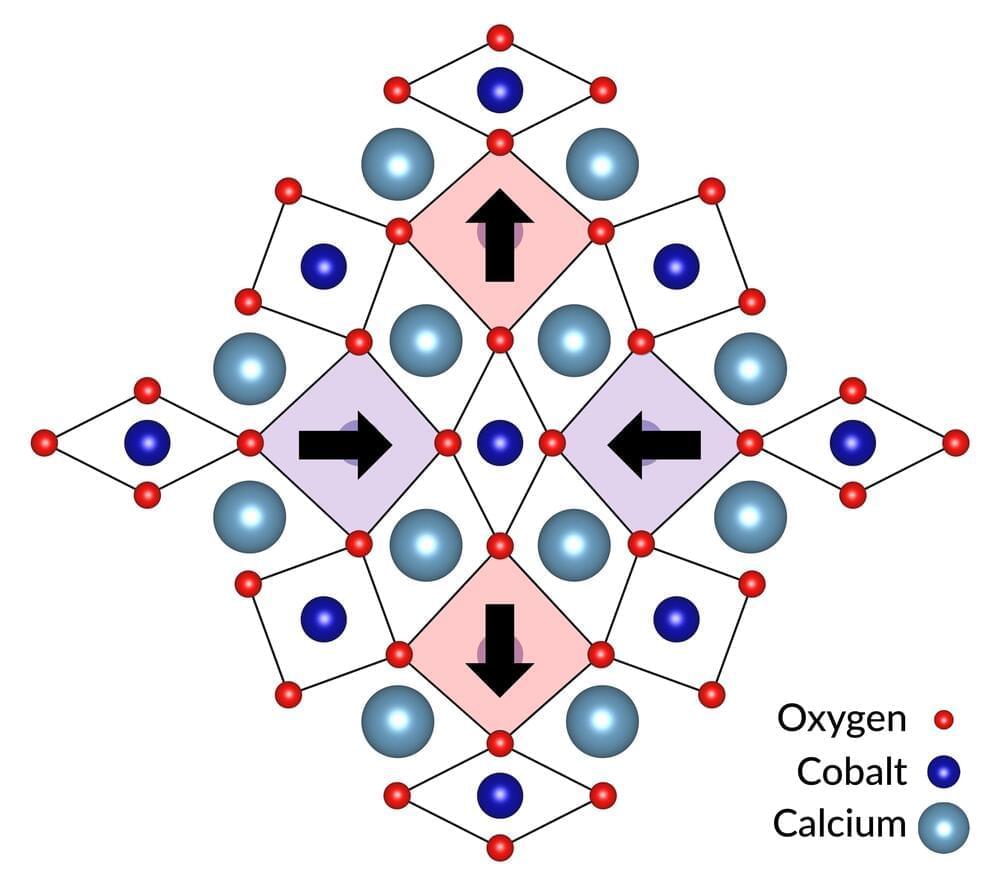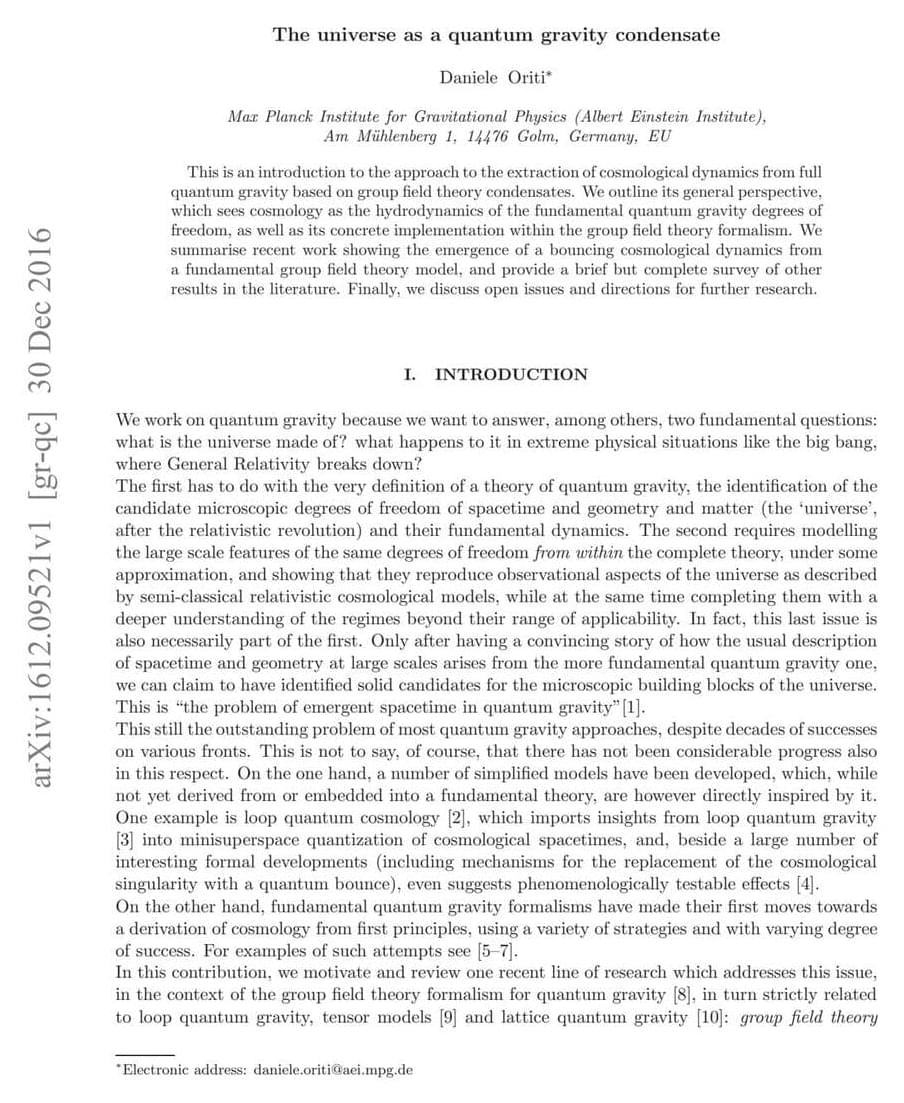Feb 26, 2023
New analysis method developed for quantum and nanomaterials
Posted by Dan Breeden in categories: nanotechnology, particle physics, quantum physics
A slow-motion movie on sports television channels shows processes in hundredths of a second. By contrast, processes on the nanoscale take place in the so-called femtosecond range: For example, an electron needs only billionths of a second to orbit a hydrogen atom. Physicists around the world are using special instruments to capture such ultrafast nano-processes in films.
Researchers at Kiel University (CAU) have developed a new method for such films that is based on a different physical concept and thus allows further and more precise options for investigation. To do this, they combined an electron microscope with nanostructured metallic thin films that generate very short light pulses.
Continue reading “New analysis method developed for quantum and nanomaterials” »
